Explanation
Hyeopjaegul Lava Tube is one example of the lava tube systems of Jeju Island, along with Hwanggeumgul, Socheongul, Ssangyonggul and Manjanggul Lava Tubes. The cave is approximately 200 meters in length, 10 meters in x_width and 5 meters in x_height. It is thought to have been created by the lava that erupted from Hallasan Mountain some 25 million years ago. This cave uniquely contains features of both lava and limestone caves. The entire area surrounding the cave is a huge stratum of seashells and sand, while the interior of the cave has a mystical ambience due to its various formations such as stalactites and stalagmites, hanging from the ceiling and sprouting up from the bottom of the cave. The cave also features pillars formed when stalactites and stalagmites join together. The cave walls are covered in lime, which at times looks like beautiful cave paintings. The temperature inside the cave stays at 17~18℃ throughout the year, making the cave a welcome escape from the summer heat and a great place to keep warm during winter.
Hyeopjaegul Lava Tube has been designated Natural Monument No. 236 and ranks among the world’s major mysterious caves, such as the stone salt cave of Peru and the underwater limestone caves of Yugoslavia. As Hyeopjaegul Lava Tube is close to Ssangyonggul Lava Tube, the two can be visited on the same day.
Inquiry
+82-64-796-0001
Homepage
Information Use
Contact and Information : +82-64-796-0001
Parking facilities : Available
Day off : N/A (Open all year round)
Hours : [March - May & September - October] 09:00-17:30
[June - August] 09:00-18:00
[November-February] 09:00-16:30
* May vary depending on sunset time
More information
Hiking Course
Tour Course Information
Admission Fees
Individuals – Adults 15,000 won / Senior citizens 12,000 won / Teenagers 10,000 won / Children 9,000 won
Groups – Adults 12,000 won / Senior citizens 11,000 won / Teenagers 8,000 won / Children 7,000 won
* Groups: 30 people or more
* Hyeopjaegul Lava Tube admission is included in Hallim Park ticket
Restrooms
Available
Korean Info. Service
Location
300 Hallim-ro, Jeju-si, Jeju-do
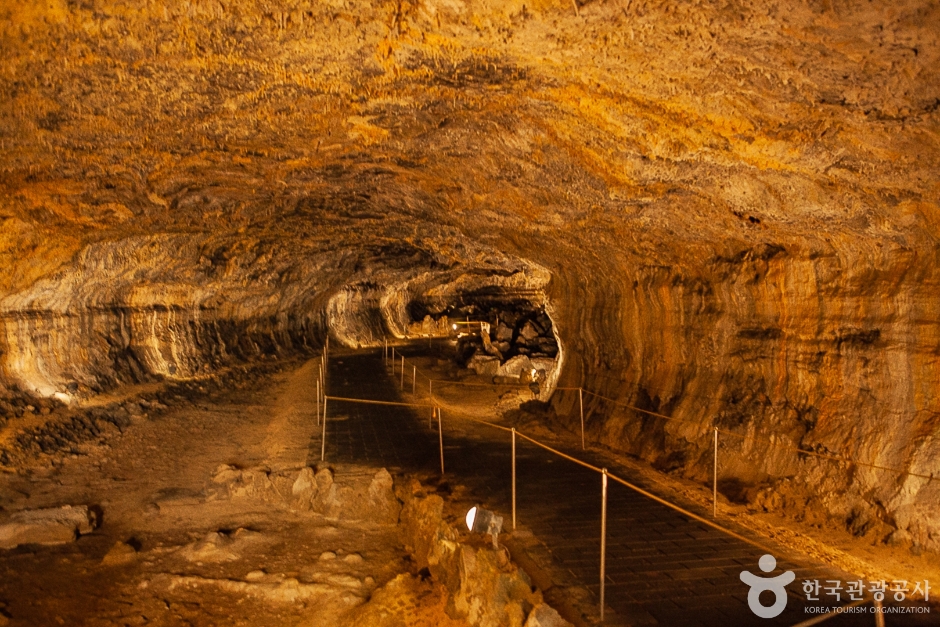

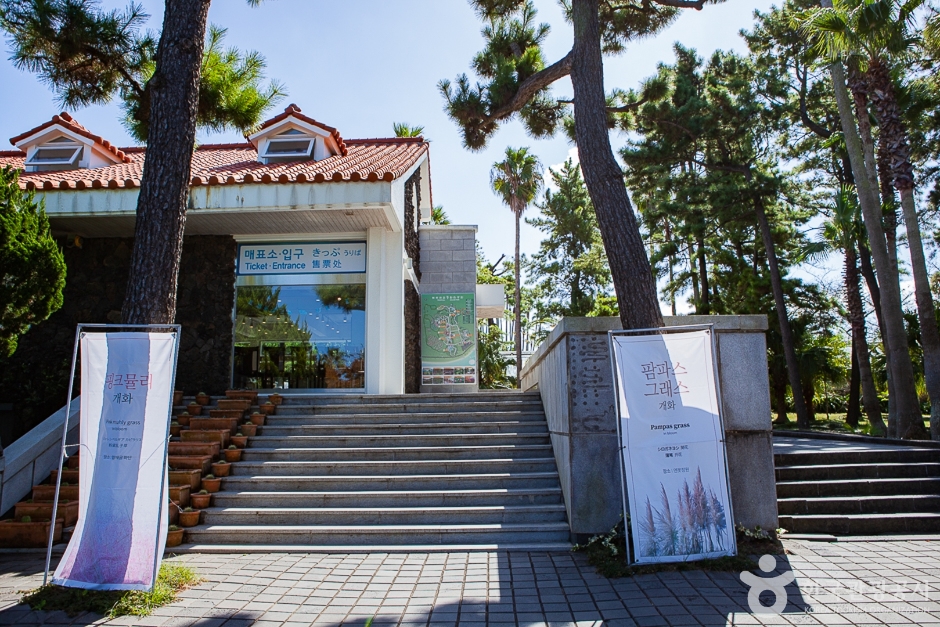



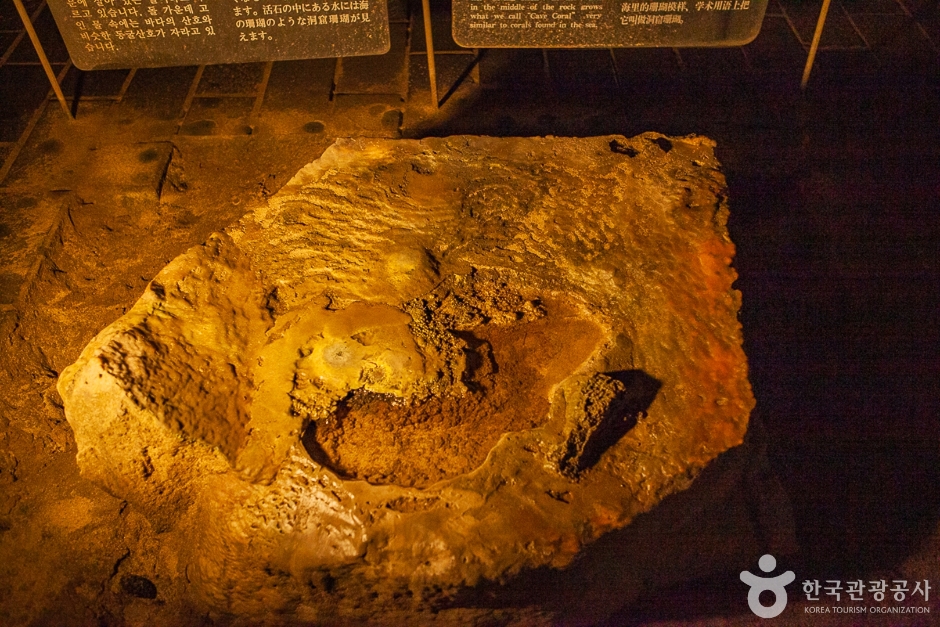



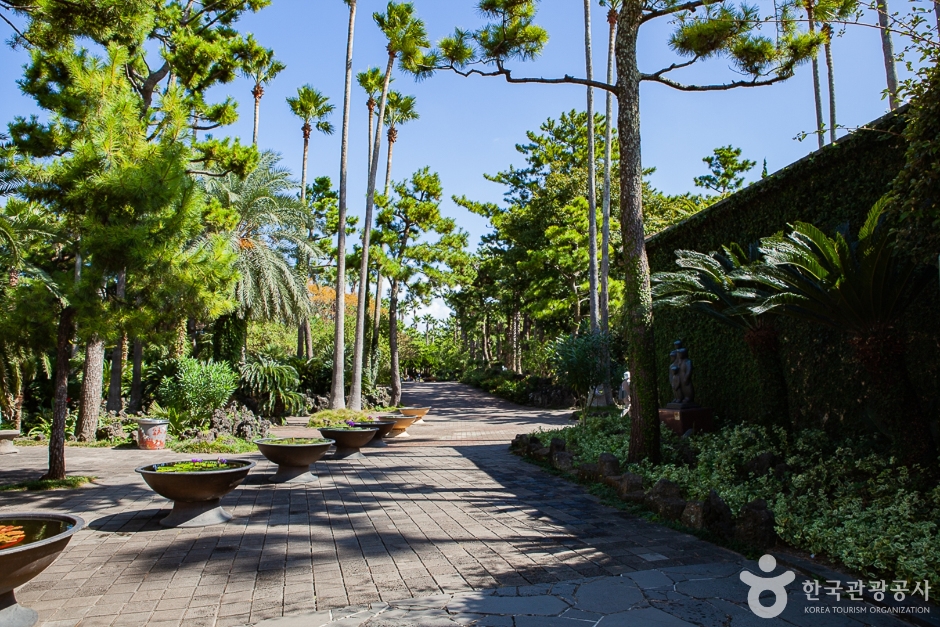
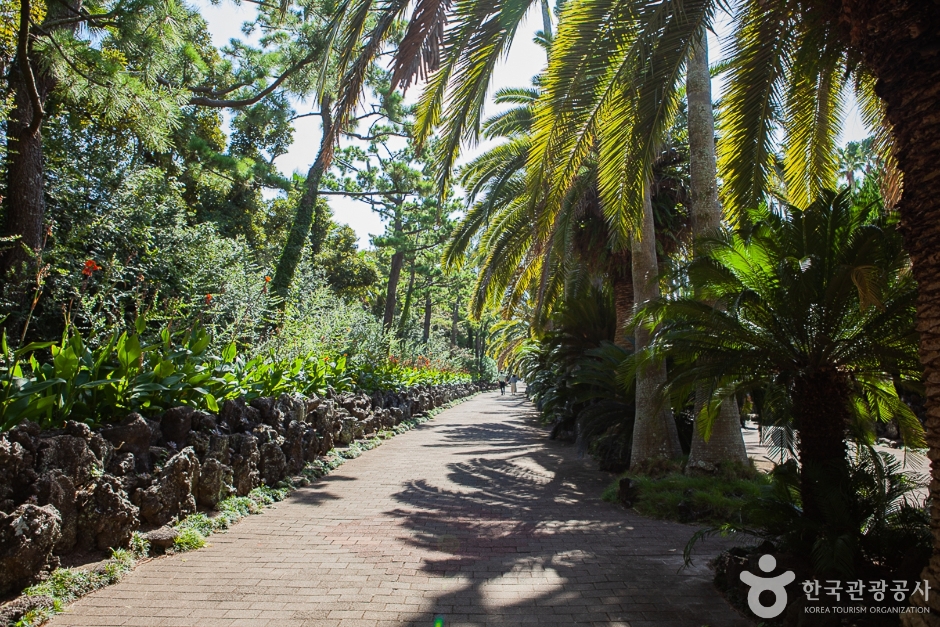
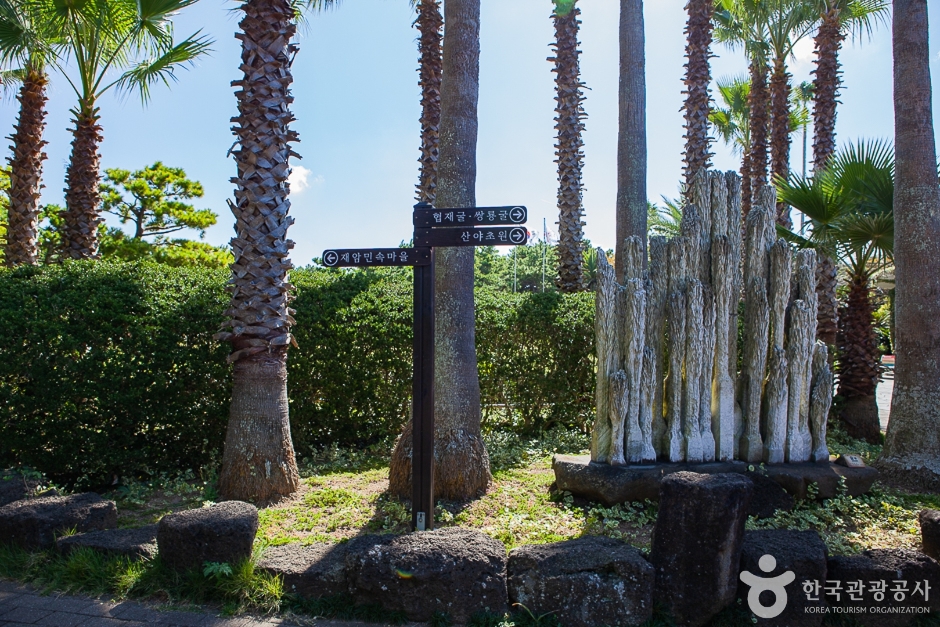
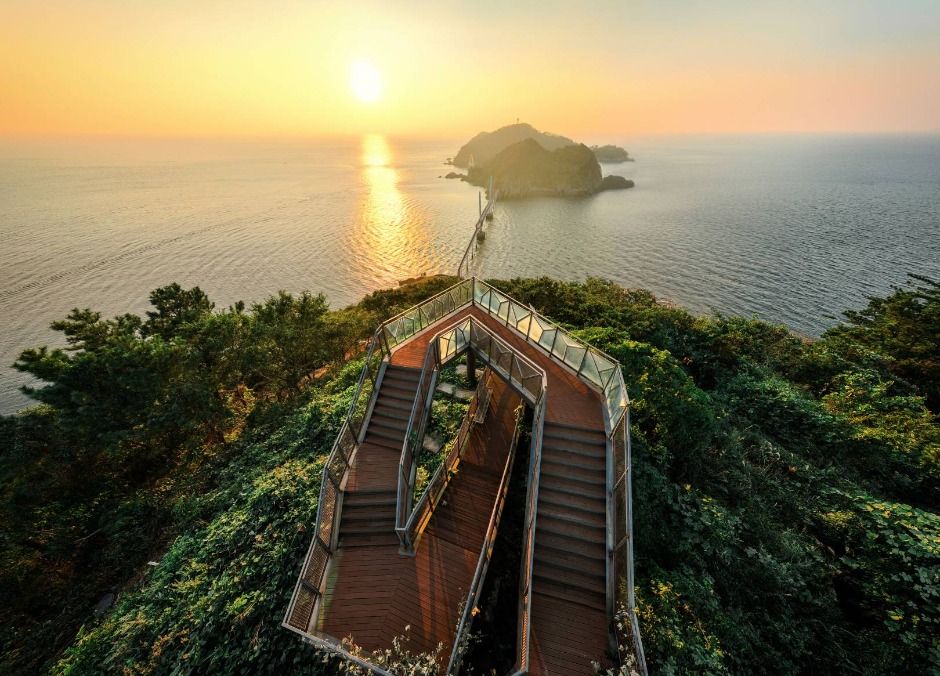
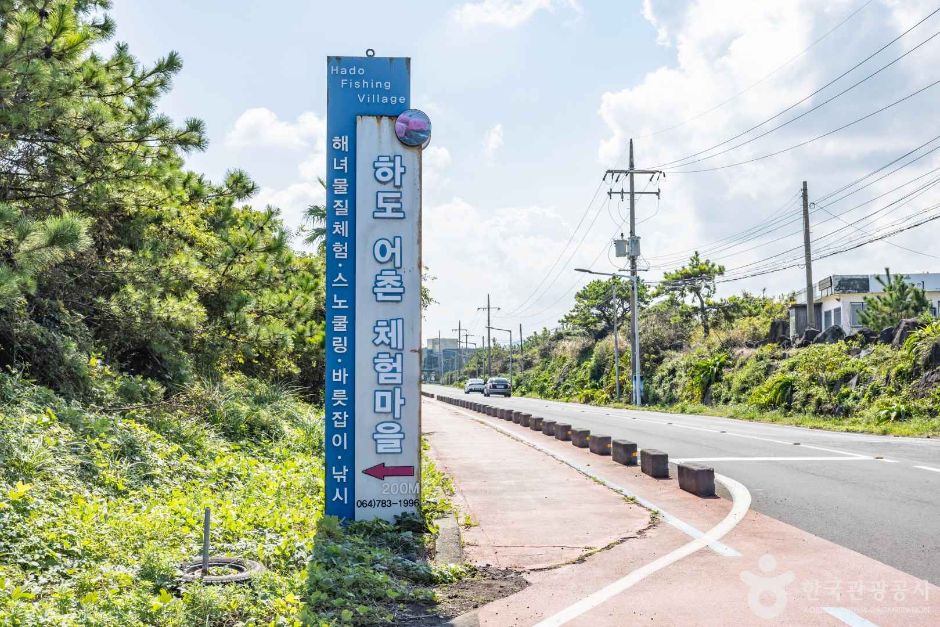
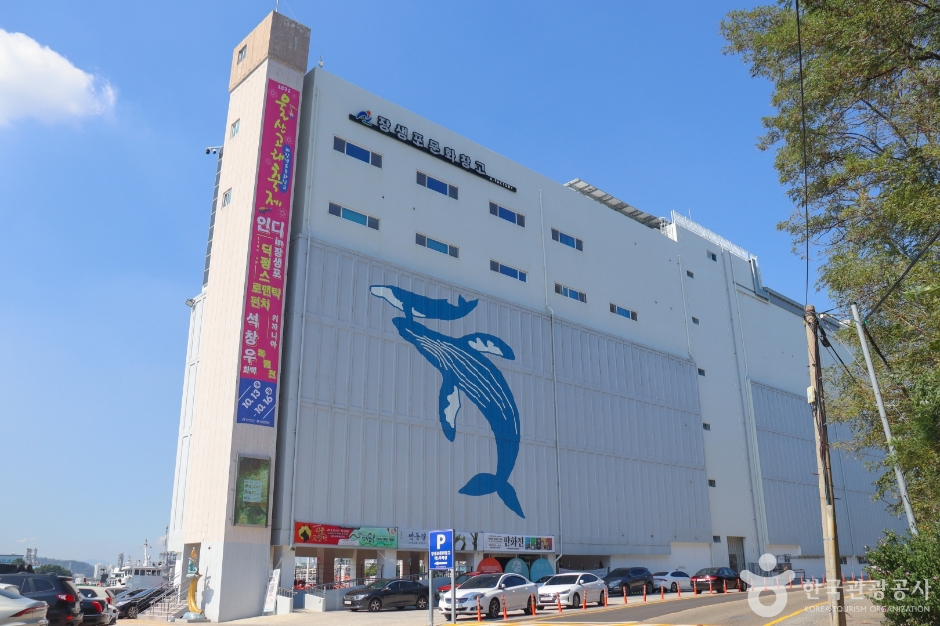
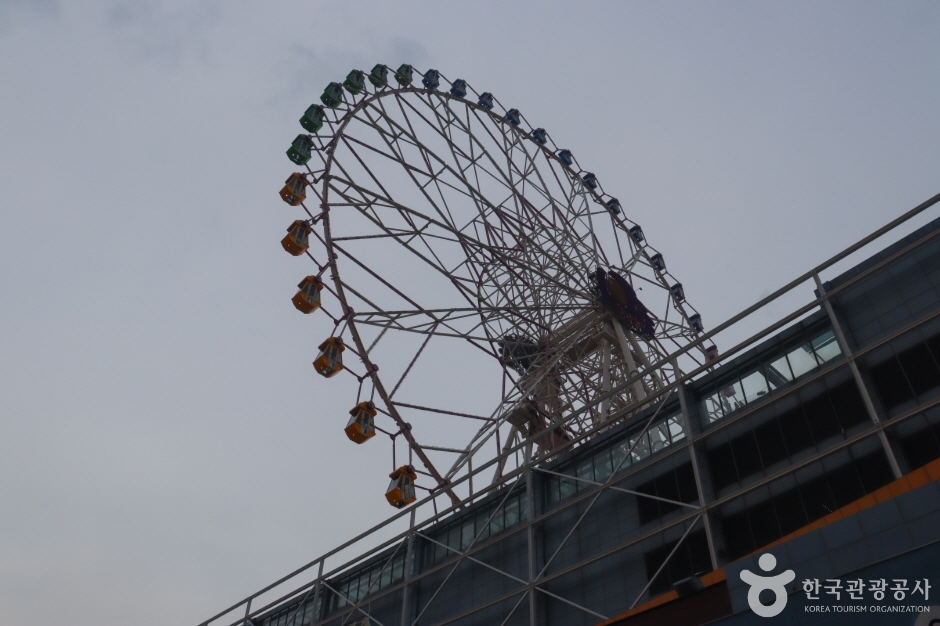

 English
English
 한국어
한국어 日本語
日本語 中文(简体)
中文(简体) Deutsch
Deutsch Français
Français Español
Español Русский
Русский